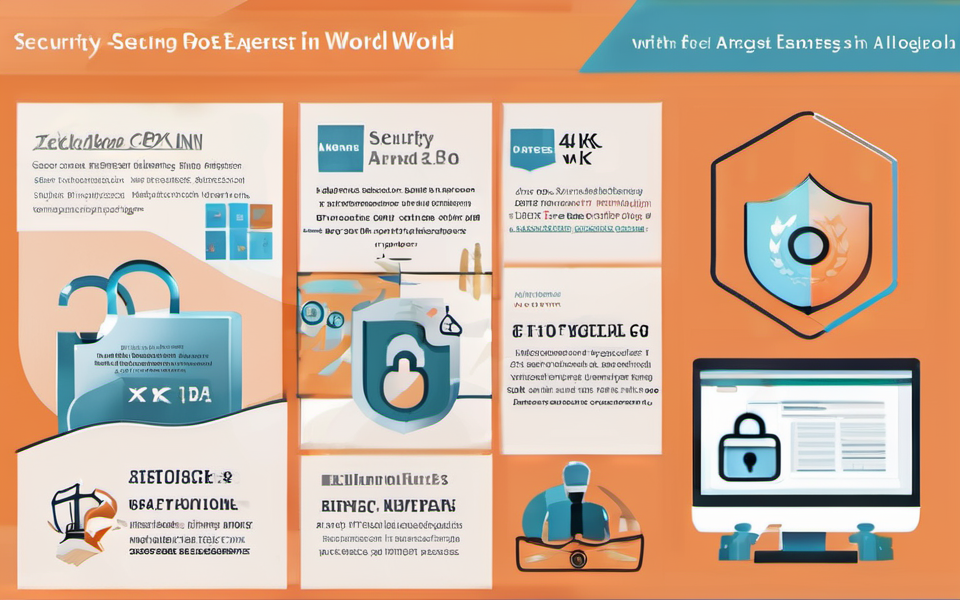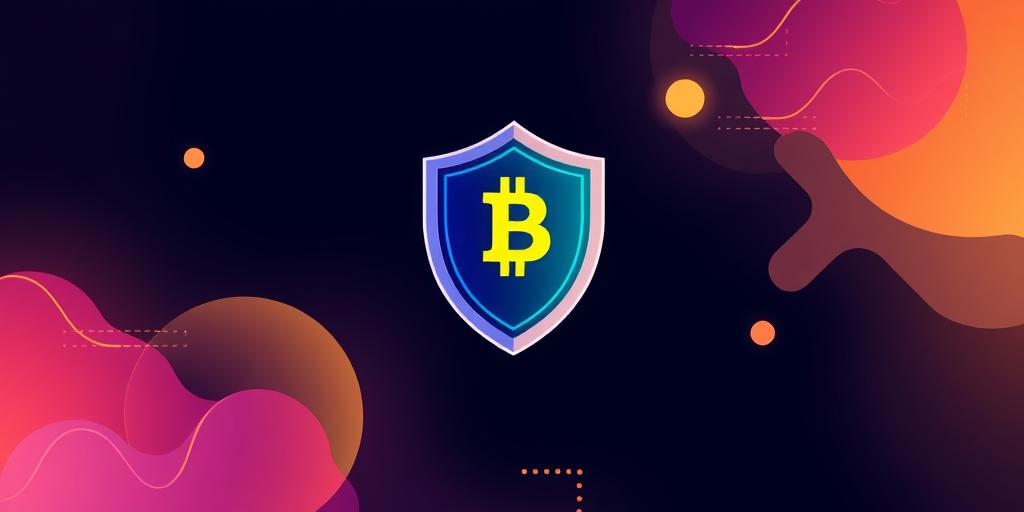Imagine a world where every online interaction is safe and secure, no matter where you are or what device you’re using. It might sound like a distant dream in this ever-evolving digital landscape, but it’s a future we can build together. The COVID-19 pandemic forced a rapid shift towards remote work and online interactions, leaving organizations vulnerable to new and evolving security threats. However, by embracing innovative cybersecurity strategies and investing in technical expertise, we can overcome these challenges and build a truly secure digital world.
The Shift to Remote Work: A Security Landscape
The pandemic drastically accelerated the adoption of remote work. As organizations quickly shifted their operations online, cybersecurity vulnerabilities became more apparent. Remote access solutions like VPNs and cloud services saw a surge in demand, increasing the potential attack surface. The reliance on personal devices for work also posed a new set of risks, making endpoint security a crucial aspect of any cybersecurity strategy.
The Growing Threat of Insider Threats
One of the most significant changes brought about by the remote work shift was the increased risk of insider threats. When employees are physically separated from the workplace, they are more likely to make mistakes or fall victim to phishing scams. Data leaks and breaches are more common in a remote environment where IT teams have less visibility over employee activity.
Evolving Cybersecurity Threats
Besides the rise in insider threats, the pandemic also saw the emergence of new and sophisticated cyberattacks. Attackers took advantage of the global uncertainty, using phishing campaigns to target organizations and individuals vulnerable to COVID-19-related scams. New vulnerabilities in remote work solutions and a growing reliance on cloud computing gave hackers new avenues to exploit.
Adapting Cybersecurity Strategies: A Holistic Approach
To tackle the evolving security threats, organizations need to move beyond traditional security measures and adopt a comprehensive approach that incorporates both technical expertise and proactive strategies. This means building a robust security foundation with:
Advanced Threat Detection and Response:
By using artificial intelligence (AI) and machine learning (ML) to automate threat detection, organizations can gain faster insights into emerging threats. These tools can analyze vast amounts of data from different sources, helping security operations centers (SOCs) to quickly identify and respond to threats before they cause significant damage.
Secure Access Management and Identity & Access Management (IAM):
In a remote work environment, access control is more critical than ever. Organizations need to implement strict access control policies to ensure that only authorized individuals can access sensitive data. This includes adopting advanced IAM solutions, like multi-factor authentication (MFA) and role-based access control (RBAC), to strengthen security and limit the impact of insider threats.
Security Awareness Training and Education:
A well-informed workforce is a key factor in preventing successful cyberattacks. Regular security awareness training can help employees understand the evolving threat landscape, learn how to identify suspicious emails and links, and recognize potential risks in their daily work practices.
Incident Response and Recovery:
Despite all security precautions, attacks can still happen. It’s crucial to have a robust incident response plan in place that outlines clear steps for containment, remediation, and recovery. Regular incident simulations can test and refine your plans, ensuring the organization can respond effectively to a breach.
The Importance of Technical Expertise: Empowering Your Security Team
Building and maintaining a strong cybersecurity infrastructure requires specialized skills and expertise. Organizations must invest in training and development programs for their security teams to keep pace with evolving threats. Hiring and retaining highly skilled professionals with a broad understanding of network security, cloud security, and application security is essential to building a secure digital environment.
Investing in Skills Development
By providing opportunities for ongoing education and certification, organizations can ensure their security teams stay current on the latest trends and best practices for defending against advanced attacks. These investments can include:
- Cybersecurity Certifications such as CISSP, CISM, and CEH.
- Security Training Courses focusing on specific technologies or threats, like malware analysis, penetration testing, and vulnerability assessment.
- Conferences and workshops to stay updated on industry best practices and emerging threats.
Attracting and Retaining Talent:
Building a strong security team goes beyond providing technical skills development opportunities. Organizations must offer competitive compensation, create a positive work environment, and invest in employee wellbeing. This includes providing flexible work arrangements that align with the post-COVID workplace, emphasizing work-life balance, and recognizing team contributions.
A Collaborative Approach: Securing Our Digital Future
Cybersecurity is no longer solely an internal concern. As we move towards a more connected and interdependent digital world, collaboration becomes crucial.
Government and Industry Partnerships:
Governments, industry organizations, and cybersecurity experts need to work together to develop and share threat intelligence, establish security standards, and foster information sharing initiatives.
International Cooperation:
Cross-border collaboration is essential to combating global cybercrime. International organizations and law enforcement agencies need to cooperate to coordinate investigations, apprehend cybercriminals, and share information about emerging threats.
Key Takeaways:
- The post-COVID world demands a more comprehensive and proactive approach to cybersecurity.
- Investing in technical expertise and staying current on the latest threats is crucial for organizations of all sizes.
- Collaboration and information sharing among businesses, government agencies, and security experts are essential for building a truly secure digital future.
By embracing these principles, we can overcome the security challenges of our time and create a safer and more secure digital world for everyone.









